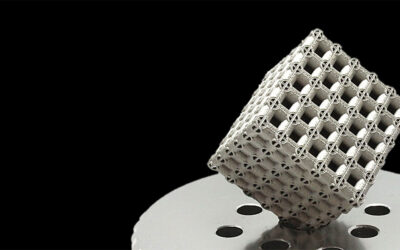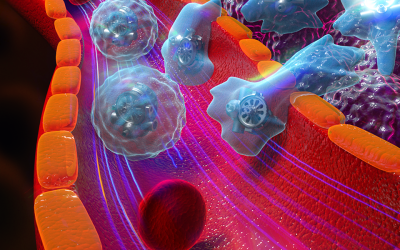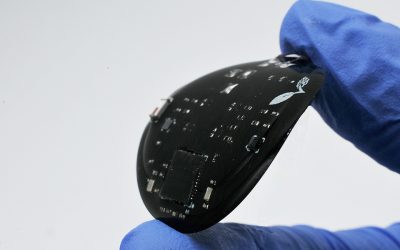The localized surface plasmon (LSP) is a collective oscillation of the free-electron gas within metallic nanostructures excited by an external light.
LSPs can be used in plasmon-enhanced light harvesting, photocatalysis, optics-based sensing, nonlinear optics, active optoelectronic applications and devices, etc. For many years, studies of the LSP have focused on Ag and Au systems, which support surface plasmons in the near-UV, visible, and near-infrared spectral ranges.
The use of aluminium (Al) instead—an abundant and cheap material compared to the noble metals—enables us to extend these plasmonic properties into the UV region.
Researchers from from China and Hong Kong have now developed an approach to shrinking Al nanoparticles, which are desired for applications such as deep-UV Raman spectroscopy, biosensing, photovoltaics, and UV photodetectors. The achive this by taking advantage of the rapid oxidization of the metal upon exposure to the atmosphere.
It is just like peeling an onion: the surface of the Al nanoparticles rapidly oxidizes upon exposure to the atmosphere, forming a thin Al2O3 layer which is part amorphous and part crystalline. If the native oxide layer can be etched by an acid solution without hurting the metal core (step 1), the re-oxidation of the metal surface leads to a shrinking of the core (step 2). By repeating these two steps, the size of Al nanoparticles is reduced.
In this work, etchants and etching conditions are proposed to achieve these two steps. The size of the Al nanoparticles is reduced by several nanometers each time, and their plasmonic resonance is shown to move gradually into the deep UV region.
















